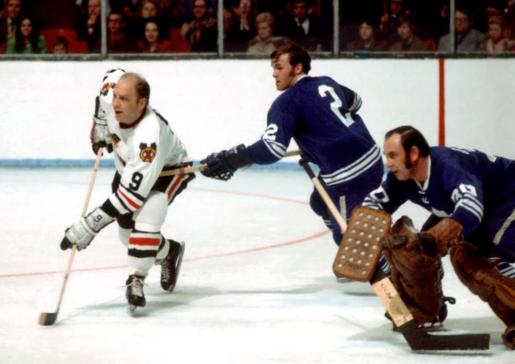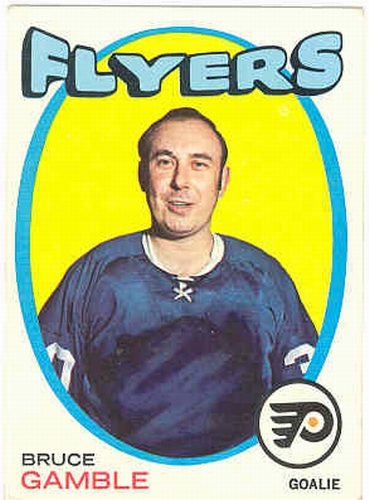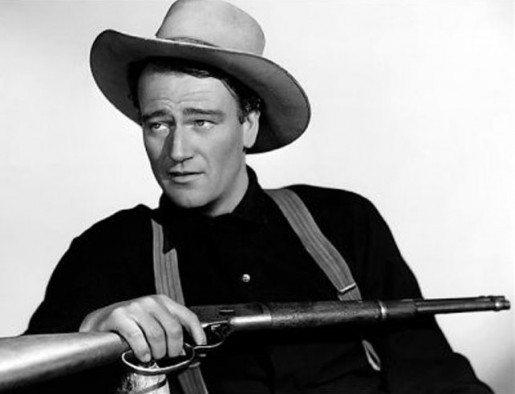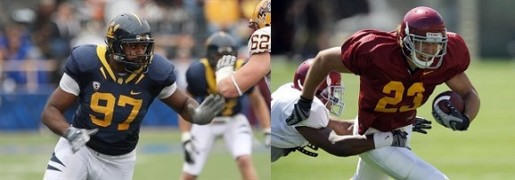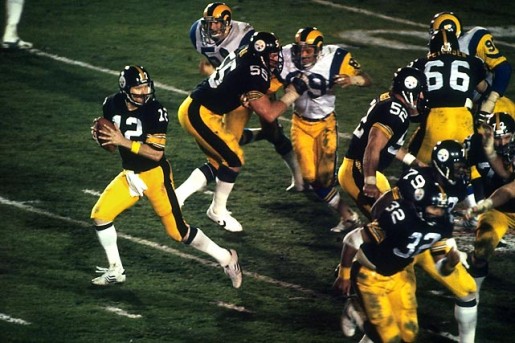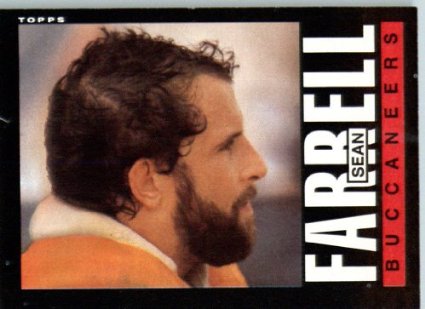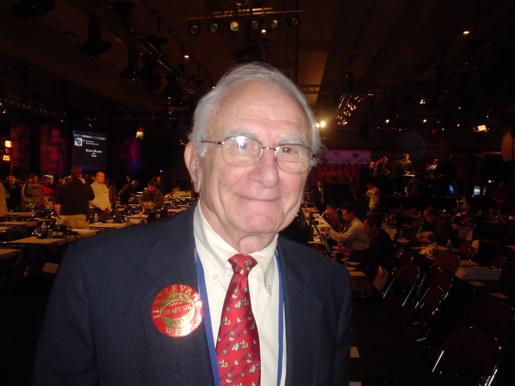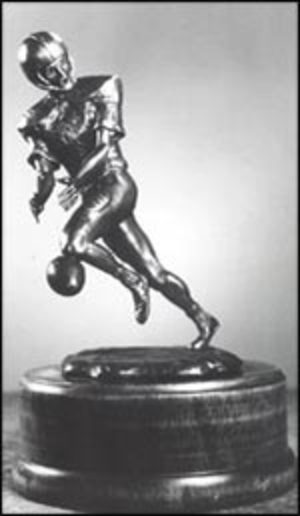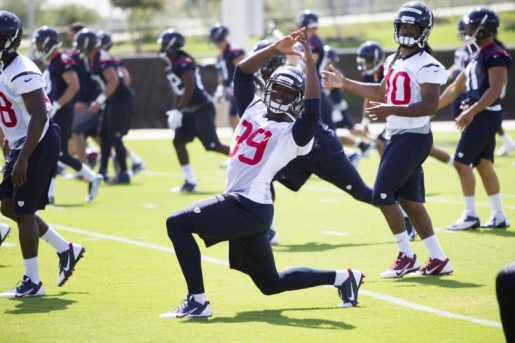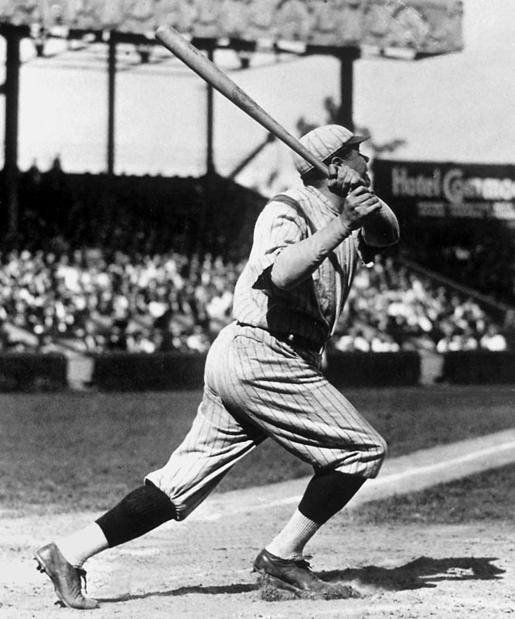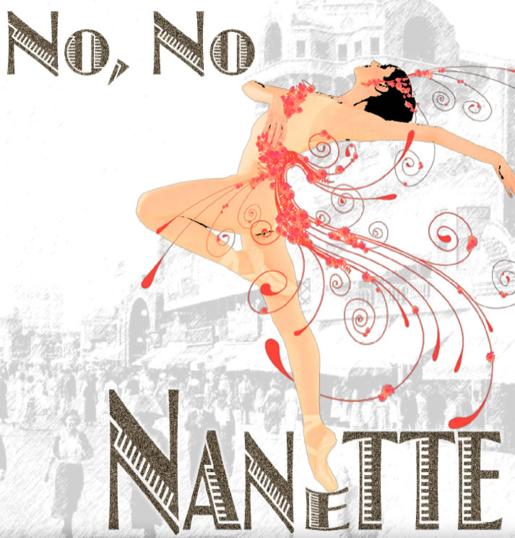Did the Sports Term “Upset” Come About From a Horse Named Upset Defeating the Heavily Favored Man O’ War in a Race?
Here is the latest in a series of examinations into urban legends about hockey and whether they are true or false. Click here to view an archive of the hockey urban legends featured so far.
HOCKEY URBAN LEGEND: The term “upset” to describe an underdog winning a sporting event was derived from a horse named Upset defeating the heavily favored Man o’ War in 1919.
There are certain sports stories that are just so good that you almost feel bad debunking them. This is one of those stories.
As you are all well aware, one of the meanings of the word “upset,” especially when applied to the world of sports (although politics, or really, anything involving competitions between people, has latched on to the word, as well), is to describe situations where a favored team/athlete/horse loses to an underdog opponent.
The origin of the term is thought to have derived from one of the biggest upsets in horse racing history. Man o’ War is one of the greatest Thoroughbred racehorses history (amusingly enough, with the 2015 Kentucky Derby just being run, Man o’ War never actually competed in the Kentucky Derby, so he never had the chance to win the Triple Crown), with a 20-1 record. Blood-Horse magazine named him the #1 Racehorse of the 20th Century. And yet, on August 12, 1919, Man o’ War lost its only race ever – to a horse that it had already defeated six times before!
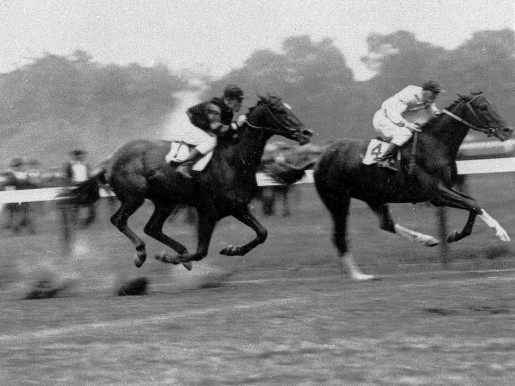
There are plenty of places that tell how this story led to the term “upset,” so I’ll just pick literally the first result that came up for me when I did a web search. Here, from the official Secretariat website, in an article about how Secretariat also lost to a severe underdog in 1973 is a description of Man o’ War’s loss:
It was at Saratoga, in 1919, that the word “upset” entered the American sports lexicon. That’s when a horse named Upset beat the mighty Man o’ War. It was the original Big Red’s only defeat.
In those days, the word upset had a more literal meaning, along the lines of tip over, or capsize. But it had no particular connection with sports.
Then came Upset’s victory over the seemingly invincible Man o’ War. So shocking was Upset’s triumph over Man o’ War, that sports scribes began to describe unexpected outcomes in other sports like football and basketball by saying so-and-so “pulled off an Upset.” Eventually, the capitalized “U” in Upset became lower case as upset became a part of regular usage, and a word we know well today.
So, is that true?
Read the rest of this entry »


